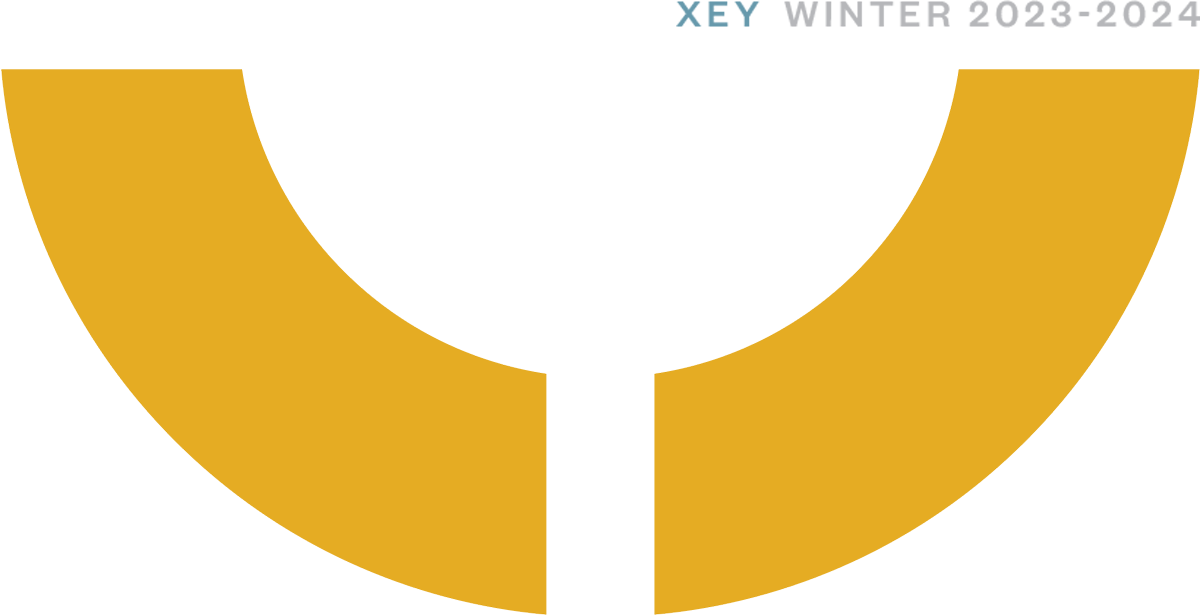

Table of Contents






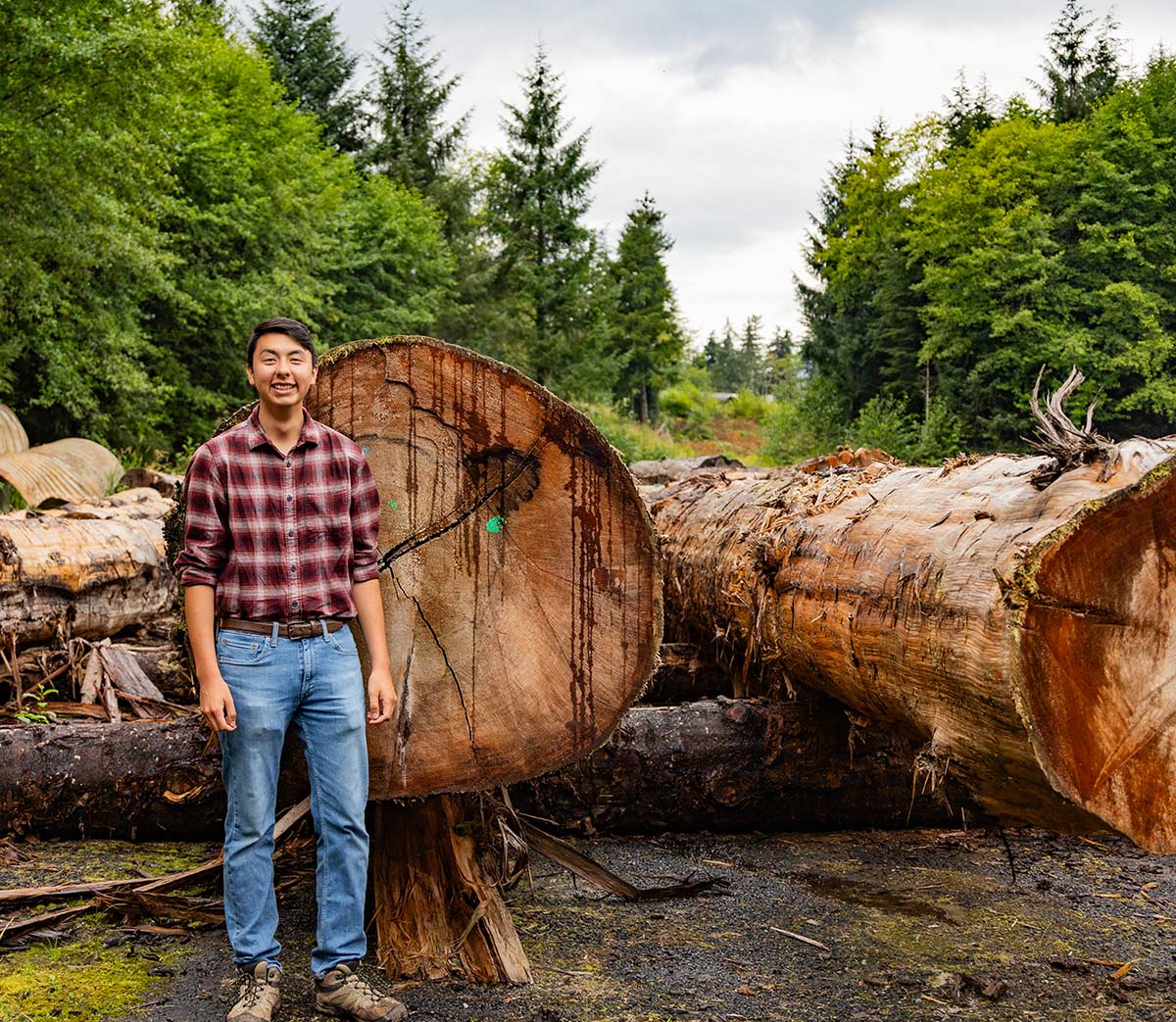
United On Policy

n April 2023, Tesla Cox, Katie Riley, and Marina Anderson traveled roughly 3,500 miles from their homes in rural Southeast Alaska to the US capitol with a thank you. Usually, policymakers in Washington, D.C. are overwhelmed with criticism about what they are doing wrong, or what they aren’t doing enough of. While it is rare for federal legislators and agencies to receive in-person praise for a policy that’s already been enacted, these women are not afraid to challenge norms– especially when they aren’t serving the communities they care deeply about. Representing a for-profit Alaska Native corporation, a grassroots conservation organization, and a collective impact network directed by a previous tribal administrator, Cox, Riley, and Anderson work for organizations that were historically at odds. Today, these individuals and organizations represent a growing shift in the Tongass National Forest within the Sustainable Southeast Partnership (SSP) that is moving away from polarization and fighting, toward collaboration and building common ground– including in the policy arena.


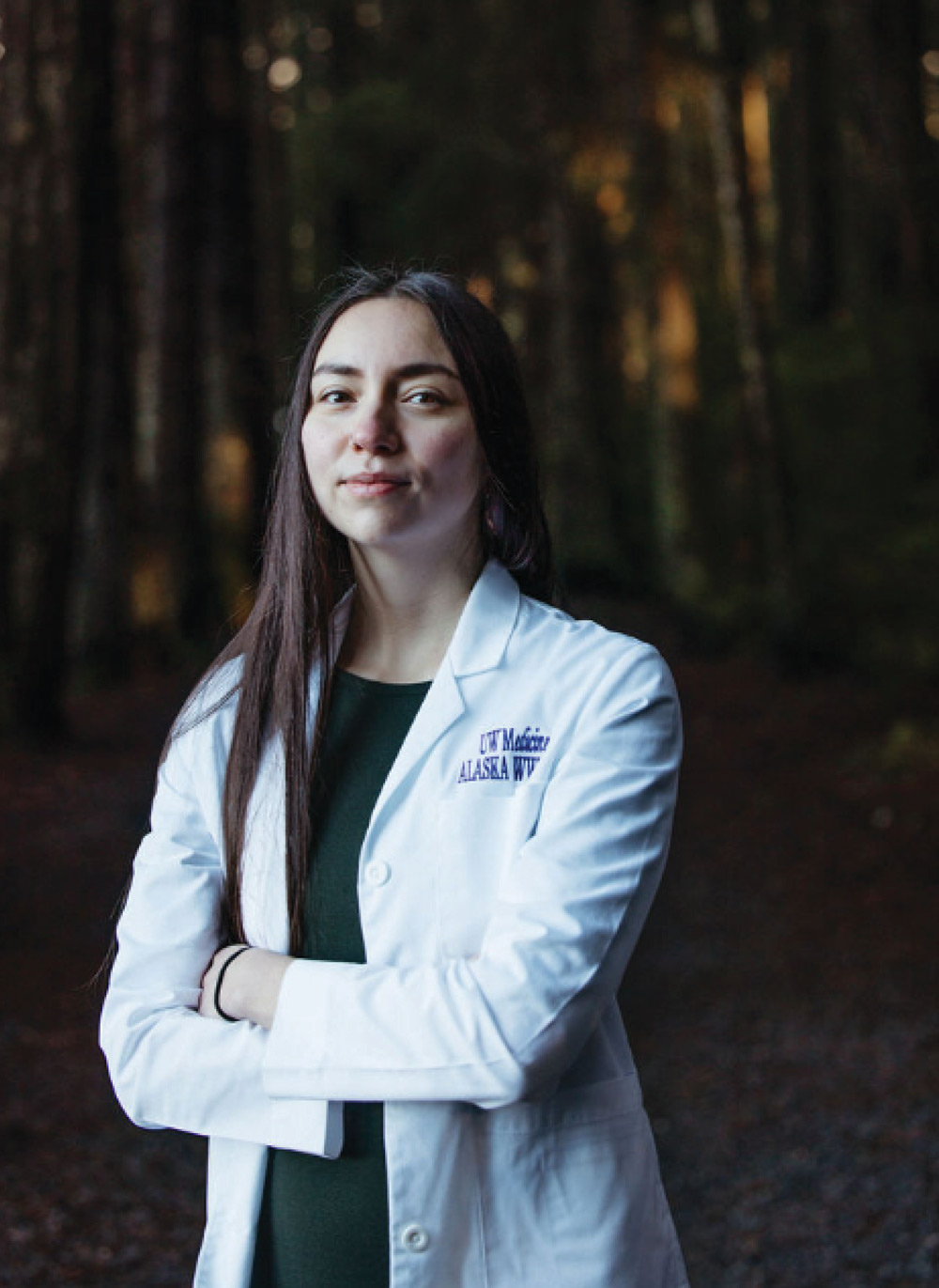
Bridging Community Connections Through Healthcare Education and Training
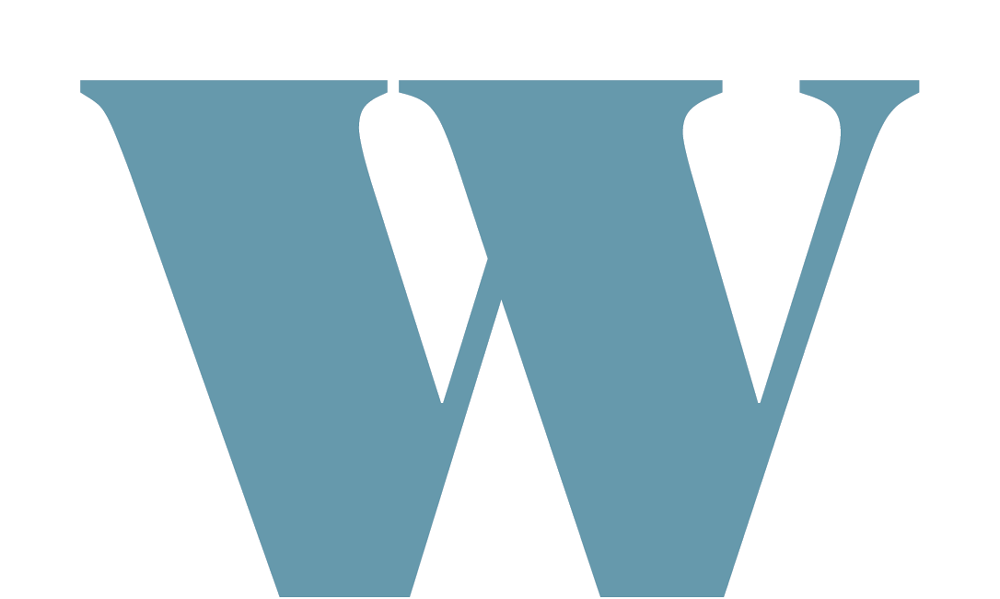
I am Quileute and Makah and grew up in Sitka, in Southeast Alaska. I acknowledge who I am as an Indigenous woman and the story I am bringing with me into medicine: the knowledge passed on to me by my community, growing up in a remote tribal community, coming to medicine after seeing and experiencing interactions that I cannot let happen again. I am determined to be the change and join others to improve the healthcare system.
Bridging Community Connections Through Healthcare Education and Training

I am Quileute and Makah and grew up in Sitka, in Southeast Alaska. I acknowledge who I am as an Indigenous woman and the story I am bringing with me into medicine: the knowledge passed on to me by my community, growing up in a remote tribal community, coming to medicine after seeing and experiencing interactions that I cannot let happen again. I am determined to be the change and join others to improve the healthcare system.
Bringing Alaska Native Voters Back to the Polls
n the early 1980s, most Alaska Native communities reported voter turnout ranging between 60 to 90 percent, but those numbers have declined sharply in the past three decades. The decrease worries Michelle Sparck, the Cup’ik director of strategic initiatives for Get Out The Native Vote (GOTNV), a non-partisan effort to encourage Native voting.
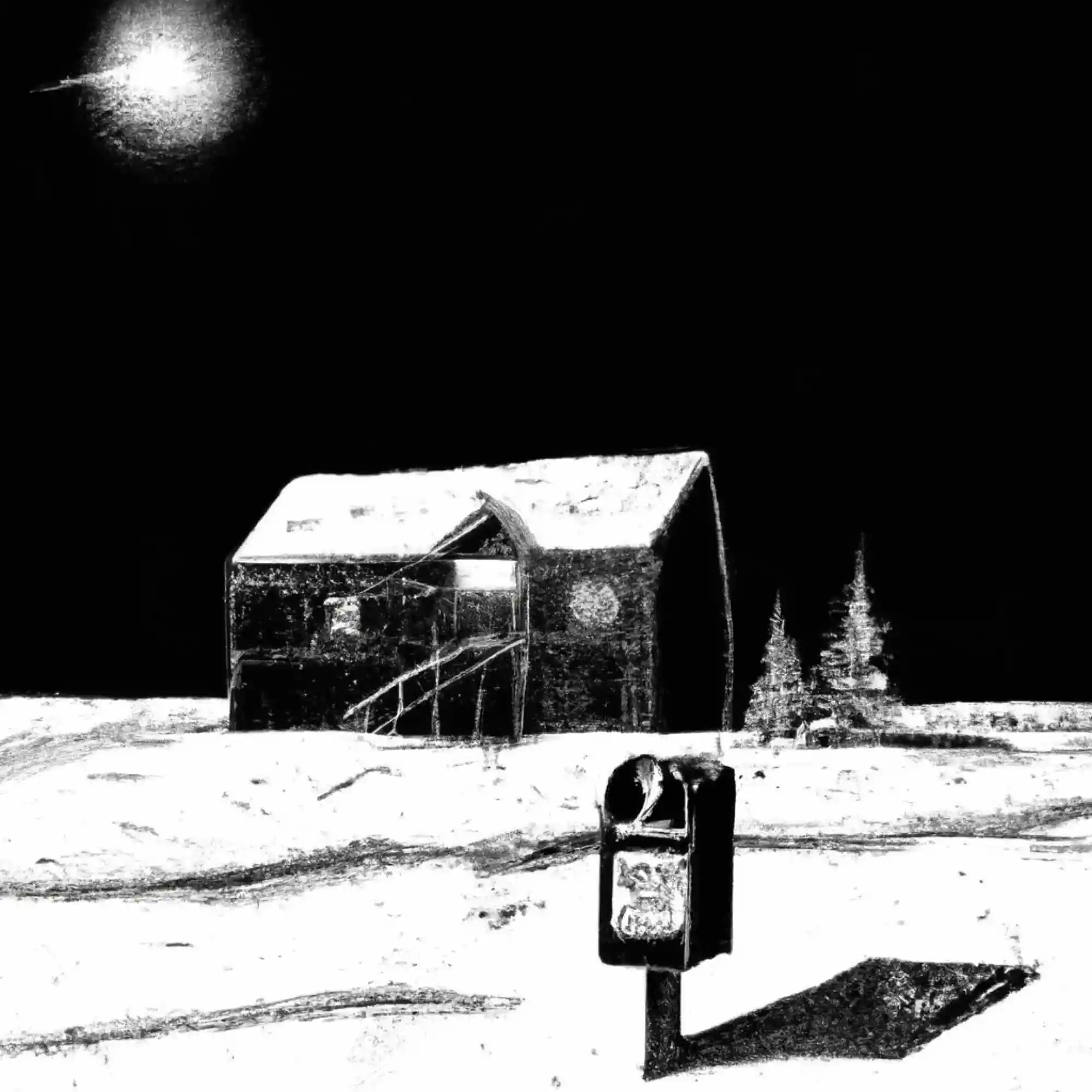

Bringing Alaska Native Voters Back to the Polls
n the early 1980s, most Alaska Native communities reported voter turnout ranging between 60 to 90 percent, but those numbers have declined sharply in the past three decades. The decrease worries Michelle Sparck, the Cup’ik director of strategic initiatives for Get Out The Native Vote (GOTNV), a non-partisan effort to encourage Native voting.
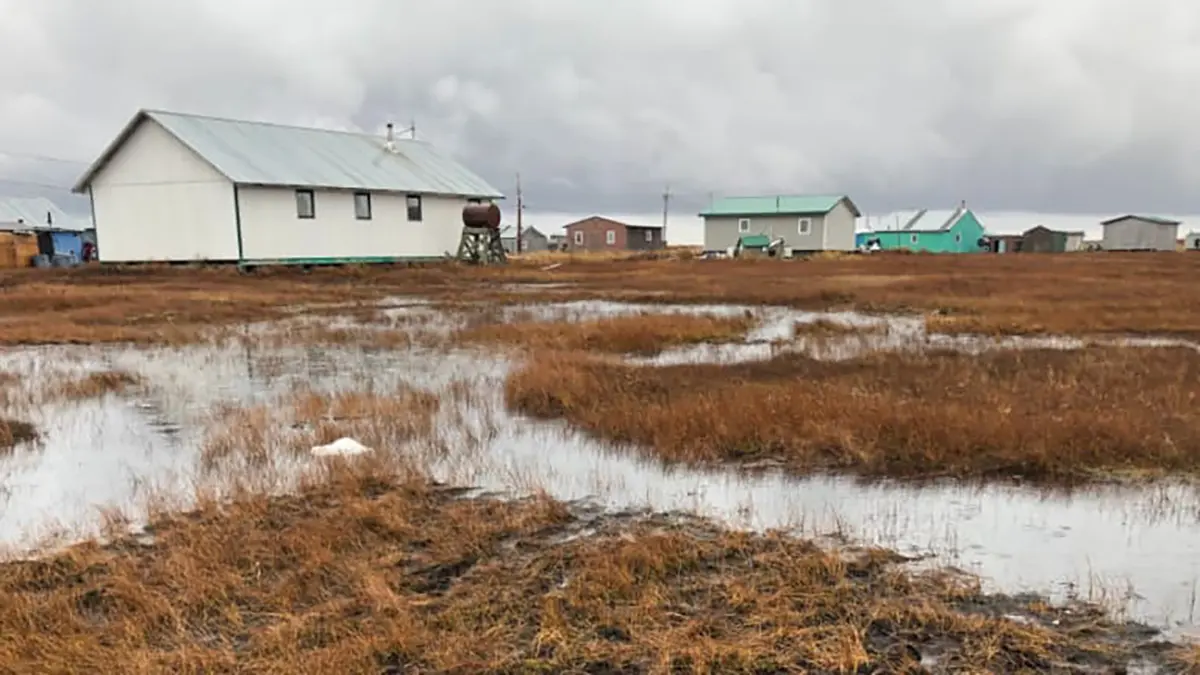
Agency Disaster Programs Overlook Melting Permafrost
ome 80 percent of land in Alaska is made up of permafrost, that is, land that’s been frozen for anywhere from two to a few hundred years. Now, it’s melting. That can lead to collapsed ground, uneven settling, erosion, and flooding. As the ground sinks in some Alaska coastal villages, homes, power plants, and other structures become islands at high tide, not just during extreme weather. Yet, such events don’t qualify as disasters under agency definitions, much less, give reason to grant funds for relocation.
“When we were in (the village of) Nunapitchuk this past summer, part of the school collapsed and then last year the washeteria collapsed,” said Robin Bronen, executive director of the Alaska Institute for Justice, speaking at a recent workshop. “And it’s all because of thawing permafrost.”
Medicaid Renewal Preparedness is Key to Maintaining Coverage
edicaid eligibility renewals returned to the regular annual review process April 1. This impacts community members who qualified for Medicaid while federal provisions were in place during the COVID-19 pandemic. To limit gaps in health coverage, being prepared can give your family time to consider your options and take action. Medicaid renewal preparedness starts with making sure your contact information is up to date with the Alaska Division of Public Assistance (DPA) and by opening and responding to all mail from DPA.
Renewal dates will vary for families, and renewals will be processed in batches throughout the year and into 2024. Typically, annual renewals occur around the anniversary of when coverage began.


Presences of Arctic Homelands
rin Ggaadimits Ivalu Gingrich is an emerging Alaska Native artist who is already garnering widespread accolades along with early career support from the Native Arts & Cultures Foundation. She is currently a SITE Scholar and pursuing an MFA from the Institute of American Indian Arts. During the bustle of early summer, I interviewed Ivalu over the phone to learn more about her work.
“I have this really deep love and deep gratitude for what has kept me, my Elders, my people, and my Ancestors, tied to the north and tied to these places that I get to call homelands,” she explained. As Ivalu spoke, she occasionally emphasized a word by gently drawing it out, expanding her soft rhythmic tone. Slight interference distorted the call. “And so much of that beauty in their wild being is something that I’ve always been captivated with.”
Legislation, Education and the Dremel
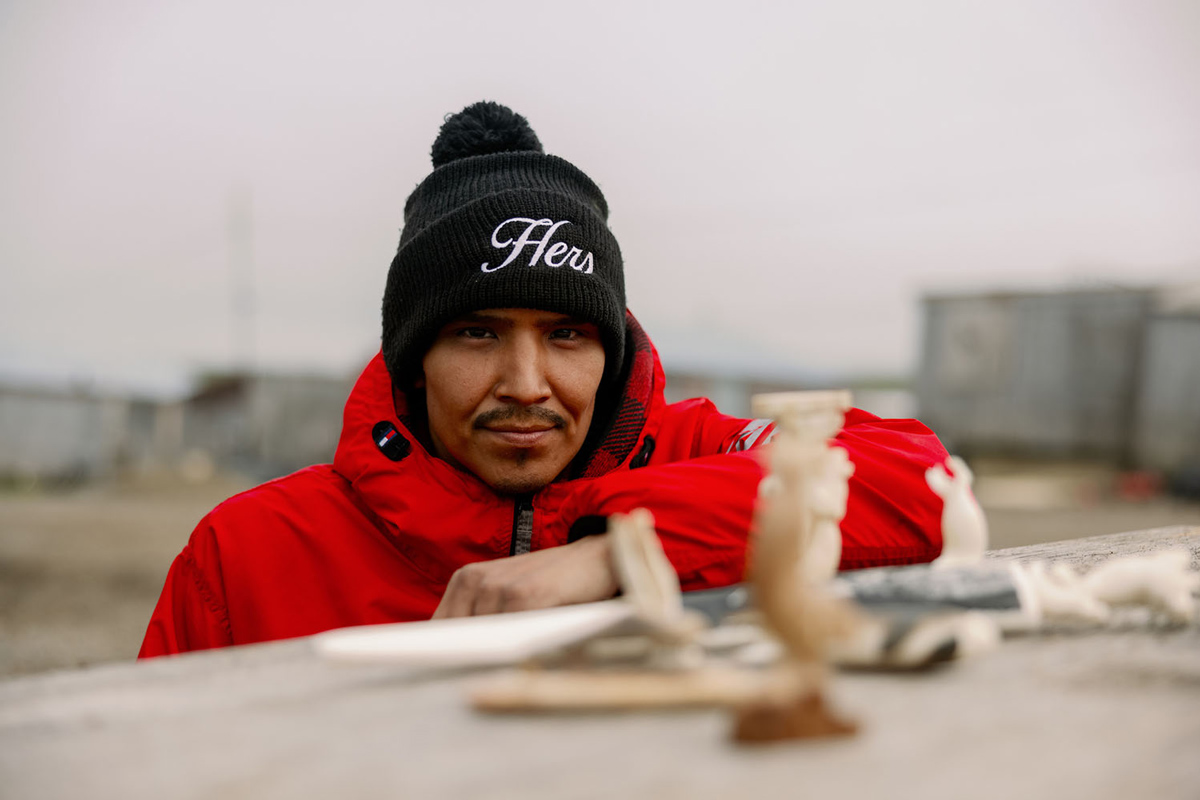
ur northern coastal regions of Alaska feature incredible beauty. Here, the land and sea have sustained our people for time immemorial, as we continue to move in harmonious coexistence. Our way of life depends on marine mammals, like the Pacific walrus, which provide our Indigenous food security, as well as cultural connection and expression.
Elaborate artistry found in our walrus ivory crafts marks a long tradition of cultural pride and serves as a concrete example of our no-waste values. The walrus continues to tell our stories through carved ivory and drum skin. It supports our vitality through our dance performances and art sales.
Huna Totem Corporation Announces New Logo

una Totem Corporation, in celebration of its 50th anniversary on Nov. 9, has announced its new formline logo to be used in all corporate communications moving forward. The logo was originally previewed to Huna Totem Shareholders during its 50th Anniversary Celebration on Sept. 23 at Icy Strait Point in Hoonah, Alaska.
“We are thrilled and humbled by this visual innovation,” said Russell Dick, President & Chief Executive Officer of Huna Totem Corporation. “This new design is a celebration of our resilient history as a people and an organization, a reminder to be passionate about our culture in the present, and a symbol of the bright future ahead of the Xúna Kaawu.”


Hearing on Boarding Schools Wraps Up with Healing Totem Pole Raising
WARNING: This story contains disturbing details about residential and boarding schools. If you are in crisis, here is a resource list for trauma responses from the National Native American Boarding School Healing Coalition in the U.S. In Canada, the National Indian Residential School Crisis Hotline can be reached at 1-866-925-4419.
People carry the Boarding School Healing Totem Pole to later raise it at the Alaska Native Heritage Center in Anchorage, Alaska. Oct. 22, 2023.

People carry the Boarding School Healing Totem Pole to later raise it at the Alaska Native Heritage Center in Anchorage, Alaska. Oct. 22, 2023.
Hearing on Boarding Schools Wraps Up with Healing Totem Pole Raising
WARNING: This story contains disturbing details about residential and boarding schools. If you are in crisis, here is a resource list for trauma responses from the National Native American Boarding School Healing Coalition in the U.S. In Canada, the National Indian Residential School Crisis Hotline can be reached at 1-866-925-4419.
day that had a sad, painful start ended with a celebration of the raising of a Boarding School Healing Totem Pole.
U.S. Secretary of Interior Deb Haaland, Laguna Pueblo, held a hearing on boarding schools on the morning and afternoon of Sunday, Oct. 22 at the Alaska Native Heritage Center in Anchorage. Like her prior stops in the Lower 48, devastating stories and painful memories were shared with the secretary.
Three to DC
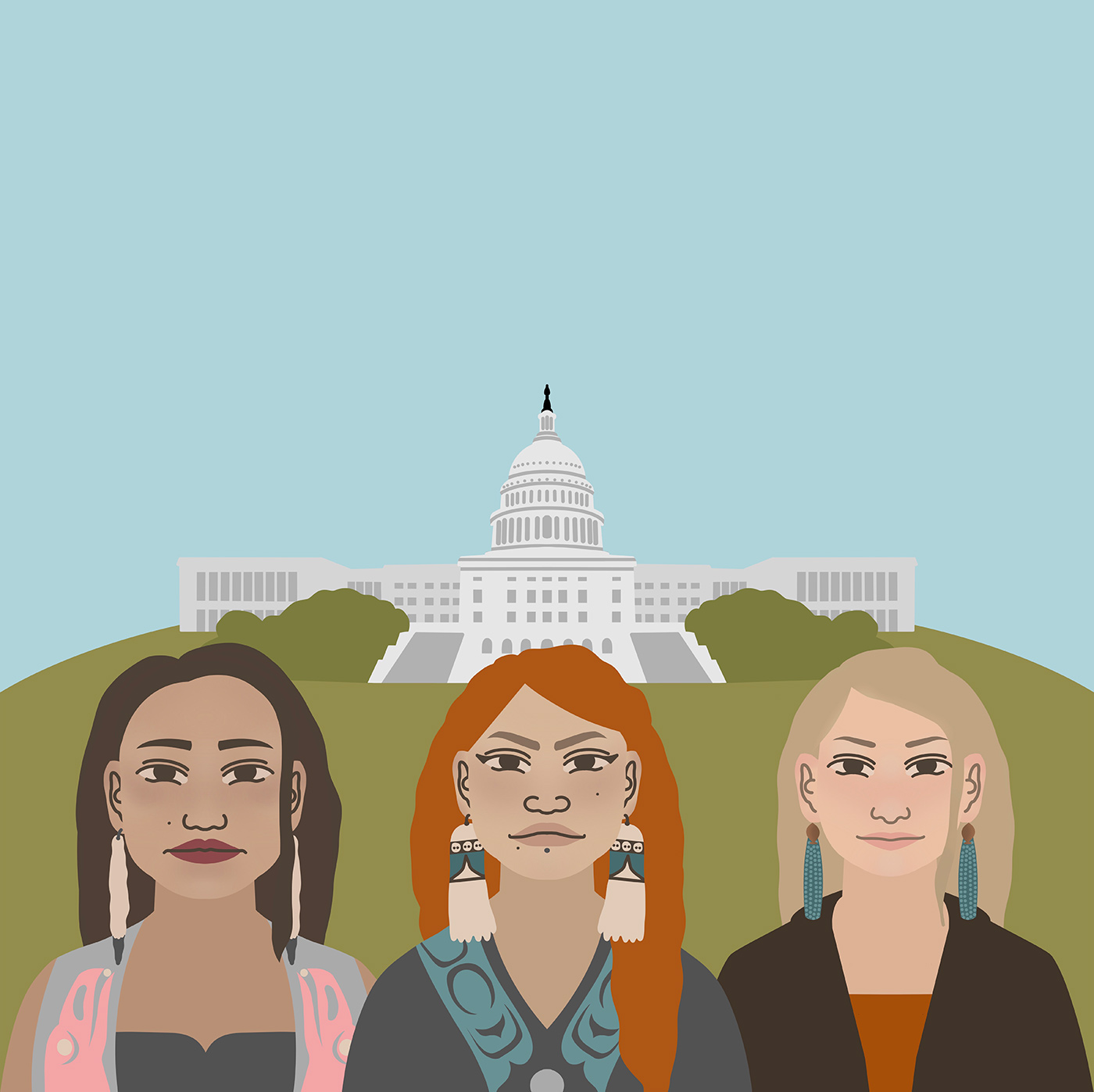
Masthead

Iġġiaġruk Willie Hensley (Iñupiaq)
Chairman
Sam Kito, Jr. (Lingít)
Vice Chairman
Nurr’araaluk Valerie Davidson (Yup’ik)
Secretary/Treasurer
Dr. Iqalluuq Sven Haakanson, Jr. (Sugpiaq)
Georgianna Lincoln (Athabascan)
Savik Richard Glenn (Iñupiaq)
Sinot Sylvia Lange (Tlingit/Sugpiaq)
Dr. Rosita Yeidiklasókw, Kaaháni Worl
(Lingit)
Dux da neik, K’oo del ta’ Byron Mallott
(Lingít)
Kaasháan Albert Kookesh (Lingít)
Aveogan Oliver Leavitt (Iñupiaq)
(Iñupiaq)
Incoming President/CEO
‘Wáahlaal Gidaag Barbara Blake
(Xaadas/Lingit/Ahtna)
Senior Director of the
Alaska Native Policy Center
Kuwúx Kim Buller
Gyedm si ndzox
Uyuruciaq Elizabeth David
(Yup’ik)
Senior Director of Indigenous Finance
Qunmiġu Purruq Kacey Hopson
(Iñupiaq)
Indigenous & Governmental Affairs Strategist
Purruq Erica Khan
(Iñupiaq)
Indigenous Storytelling
& Communications Strategist
Napangcuk Katherine Leinberger
(Sugpiaq)
Ikayuq (“Assistant/Helper” in Yugtun)
(Holikachuk Athabascan)
Indigenous Knowledge Researcher
Silugngataanit’sqaq Melissa Marton
(Sugpiaq)
Senior Director of Indigenous Operations
& Innovations
La quen náay Liz Medicine Crow
(Xaadas/Lingit)
Outgoing President/CEO
Tumaq Cody Pequeño
(Cup’ik)
Indigenous Stewardship Fellow
Ayyu Qassataq
(Iñupiaq/Yup’ik)
Chief Administrative Officer
Kaaswóot Gloria Wolfe
(Lingit)
Indigenous Leadership Continuum Director
Paluqtaq Courtenay Carty
(Yup’ik)
Indigenous Advancement Director

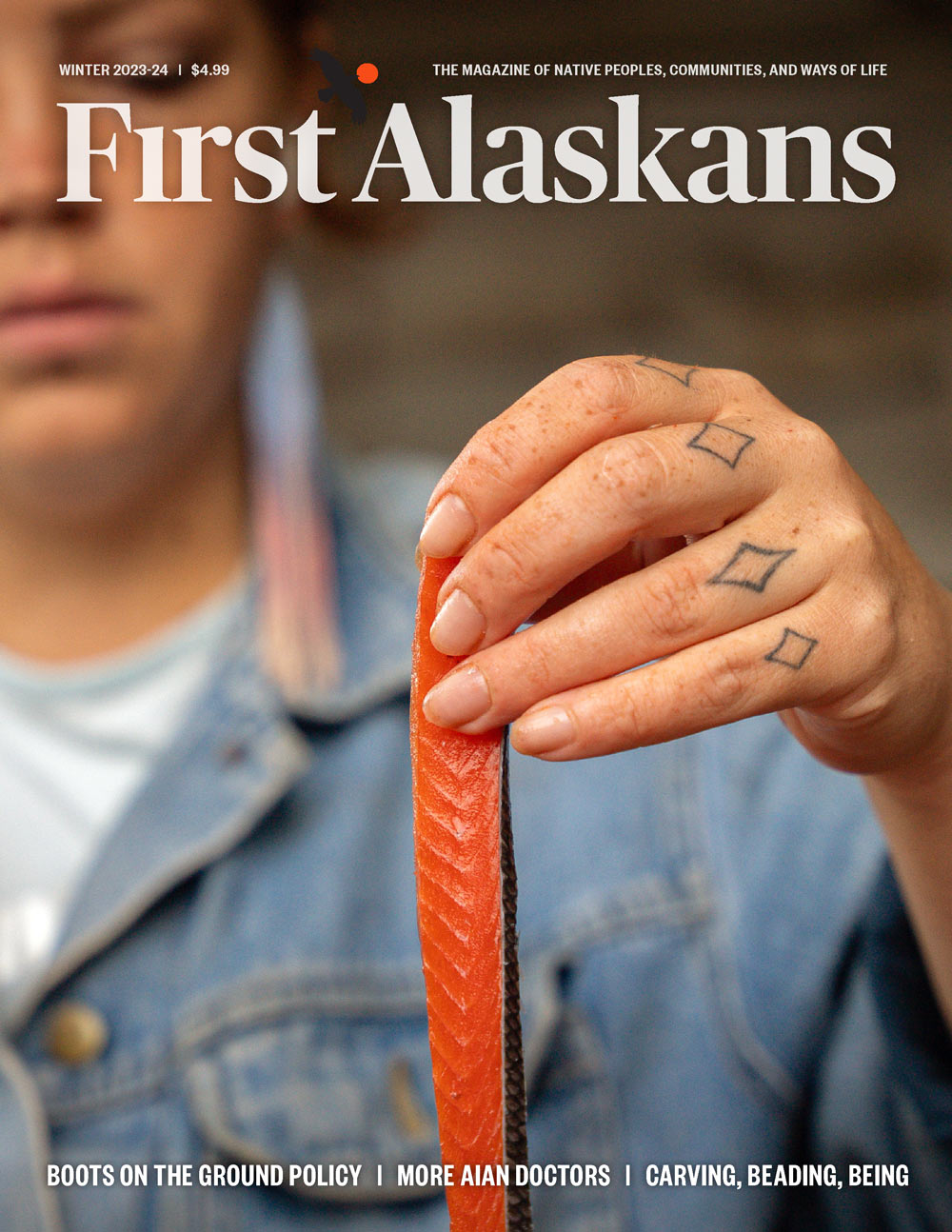
Anchorage, AK 99501
To Advertise, Support,
Pitch Stories,
or for general inquiries please email: FAmagazine@firstalaskans.org
First Alaskans Magazine is published by
First Alaskans Institute. © 2024.
Medicine Crow (Tlingit/Haida)
